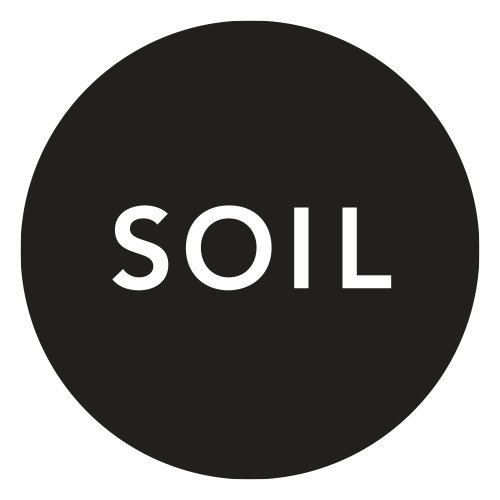April 2025 / Lee Davignon
Lee Davignon. Untitled (Green Weaving)
Handwoven/ handplied polyester, cotton, rayon, staples, paint, ribbon, found textile
2025.
Lee Davignon. Rifle. (Detail).
Handwoven cotton, polyester, raffia, commercially made fabric, found images, plastic.
Installed dimensions variable
2025
In the Back Space /
Primordial Ooze by Lee Davignon
April 03 - 23, 2025
Opening Reception, Thursday, April 03, 5-8pm
See Mor
Spring Gallery Hours:
Friday–Sunday, 12–5pm
Primordial Ooze explores portals, pathways, and distortions of memory. Through craft processes and assemblage sculpture, I aim to honor the materials’ past lives while transmuting them through a ‘composting’ processing system, acting with curiosity. Craft revolves around an awareness of materials, linked to extractive practices- digging the clay, mining the metal, shearing the sheep who has grazed the field. In this era, the Anthropocene, my craft salvages and explores these connections of material to source. Among my materials are plastics: of oils, of a collision between the earth and us human animals.
Primordial ooze: the stuff all is made of. ‘Stuff’ is a word that used to mean cloth, and in the time before the industrial revolution could refer to any made thing. Time, the crucial element, plus material equals stuff. Now, ‘stuff’ has a vague, overwhelming connotation. The craft roots of my practice intersect with an interest in my family history in the textile mills of Rhode Island. Weaving on a floor loom engages your whole body, and it is a method of channeling, of translating, of connecting with the subconscious. I am connected to all who have moved there hands in these ancient motions. I am transported, and in my work I aim to transport to a moment, a movement.
My woven textiles explore color, transparency, drape, and tension. Tension, through the warp, allows for creation- you must release it and then let it go, yielding to drape, oozing forth. They are made with mill surplus, found threads, specific salvaged materials. I use simple weave structures: plain weave, basket weave, and tapestry techniques; I can move intuitively through a piece on the loom. Stripes, plaids, and checks reference some of the oldest cloth patterns in the archeological record.


